BlogRSS
Setting Social Boundaries: Sumptuary Laws
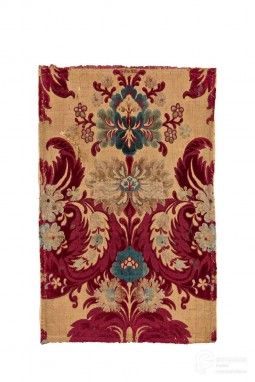
Appearance has for ages been the object of anxieties that led institution to try and regulate it in order to maintain a defined social order. One of the ways in which this kind of control has been exercised was trough the emanation of laws limiting the possibility to use fashion in order to perform an identity different from the one prescribed by one's position in society.
Europeana Fashion Focus: Givenchy Haute Couture show, S/S 1997

The picture was taken by Etienne Tordoir at Givenchy's s/s 1997 haute couture show 'Search for the Golden Fleece'. The show presented the first couture collection designed for the French maison by Alexander McQueen, who was recently appointed creative director.
‘Abaixo as fronteiras. Vivam o Design e as Artes’ on the Europeana Fashion Tumblr
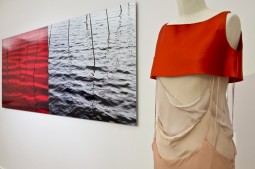
As this February we are going to investigate the ‘boundaries’ of fashion, Mude – Museu do Design e da Moda takes over the Europeana Fashion Tumblr with the pictures from its exhibition ‘Abaixo as fronteiras. Vivam o Design e as Artes’, that was on display at MACE – Museu de Arte Contemporânea de Elvas and at MUDE in Lisbon from 21st May to the 7th September 2016
THE EDITOR’S COLUMN: BOUNDARIES
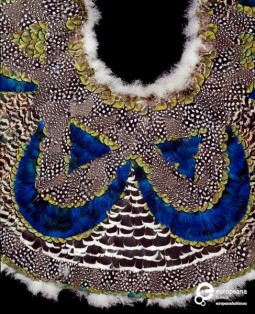
In fashion, as in many other disciplines, the expression ‘pushing the boundaries’ is often used to indicate the strive for newness necessary to allow its very existence. Everyone seems so preoccupied with what is beyond the fence, that the liminal spaces are often overseen. This month we will try to prove how incredibly interesting is to linger on the edges.
André Perugia: Patenting Celebrity

Andre Perugia is remembered as one of the first shoe designer and maker whose name reached celebrity. This is probably due to his revolutionary approach to shoe design, in between technical discipline and art-making, and also to the importance he gave to the idea of authorship, which led him to patent most of his 'inventions'.
Face It: Celebrities on Clothes
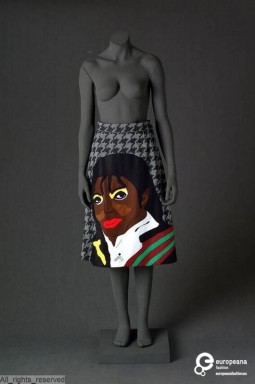
Before being creators, fashion designer are collectors. In their search for novelty and inspirations, they gather references and then dissect their findings, in search of what they need for their collection, purging them from the superfluous and un-interesting. In this process, not evens bodies are safe, as they get dismembered and severed, and sometimes just the heads live out to their designs.
Nudie Cohn: Embroidering the Cowboys

‘Nudie suits’ are as legendary as the celebrities who wore them. Heavily customised bespoke suit, embroidered with rhinestones or studs in Western motifs, they bear the name of their creator, Nudie Cohn, an Ukranian-born tailor who bedazzled America with his bold creations.
Piero Tosi: costume designer, icon-maker
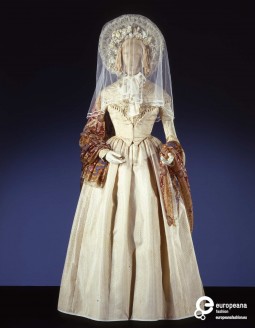
Piero Tosi is one of the most celebrated Italian costume designer. With his creations not only did he contribute to the golden age of Italian cinema, developing costumes for movies whose style is one of the main features ratifying their enduring fame.
Europeana Fashion Focus: ‘Orgueil’ Perfume by Lucien Lelong, 1946
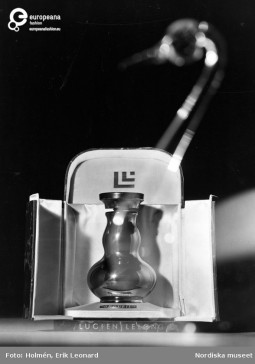
The perfume is a creation by French couturier Lucien Lelong. It was commercialised right after the end of WW2, and its name ‘orgueil’, meaning ‘pride‘ in French, was an homage to the endurance of the French population during the hard times of the war. The photo was taken by photographer Erik Leonard Holmén in 1947.
Maria Callas: from Diva to Icon
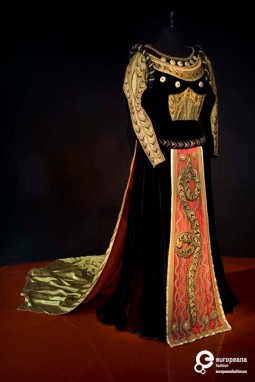
Maria Callas is internationally recognised as one of the most important ‘Divas’. Her popularity was motivated by her enormous talent, but surely her fashion choices, both on and off stage, weighed in her consecration as unforgettable icon.

Stage costume for Luigi Cherubini's Medea, designed by Lucien Coutaud, Courtesy Fondazione Cerratelli, All Rights Reserved
In her practice as opera singer, Maria Callas was indeed unique: an incredible interpreter, an innovator in her use of the voice, able to give unprecedented depth to the roles she took on. Her consecration on stage was enhanced by the costumes she wore, which were designed to suit her persona and immediately communicate with the audience. The costumes exemplified the encounter between the personality of the singer and the plot of the story on the body of callas, whose proverbial ability to convey emotions through her performance was in some way supported by the designs she wore. Clothes were something that she used as tools to get into the character and then made integral to the performance, accounting for them in the design of movements and gestures she designed to sew each role on herself.

Theatrical costume by Yannis Tsarouchis for Maria Callas in Medea, performed in Dallas, Texas, Courtesy Peloponnesian Folklore Foundation, All Rights Reserved
Her incredible talent was counterparted by a deep insecurity, which led her to be rather clumsy in her everyday life. Her appearance was not until 1951, when she made an encounter that changed her life. It was in that year that, in the Milanese home of director Arturo Toscanini, Maria Callas met Elvira Leonardi Bouyeure, better known as Biki. Biki was an established italian dressmaker at the time, whose atelier in Milan was a point of encounter for intellectuals and socialites. Biki not only did design all of Callas’ outfits, but actually re-styled the whole look of the singer, starting the transformation of Maria Callas from opera singer to international icon.

Cocktail ensemble in wool and silk designed by Biki, 1950s, Courtesy Galleria del Costume di Palazzo Pitti, All Rights Reserved
The relationship between Biki and Callas was well described by Hélène Blignaut in La scala di vetro (L’escalier de Verre), the biography of the designer. It is said that Biki used to provide the singer with written indications on how to compose each outfit, which were complete of accessories as hats and shoes. If Biki has contributed to the making of the ‘Diva’ Callas, the singer, in being one of the first ’testimonial’ of a brand, carried Biki’s design outside of Italy, establishing the name and fame of the designer across different places and, we can say today, across time as well.
